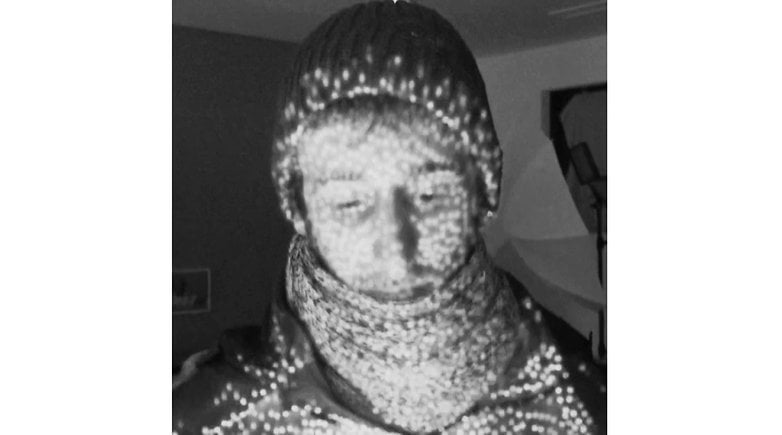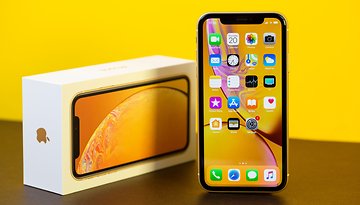Sony is working on a new FaceID system


Face recognition instead of fingerprint sensors could become a trend in 2019 if the system works quickly, reliably and safely at the same time. As one of the largest image sensor manufacturers, Sony now also wants to enter this promising market.
With the iPhone X, Apple has made face recognition a socially acceptable alternative to the fingerprint sensor. The company from Cupertino now even uses FaceID in the latest iPad Pro generation, replacing the familiar fingerprint sensor in the home button for tablets as well. Not only Apple, but also manufacturers of Android devices are increasing the number of products with face recognition. Huawei and Xiaomi rely on similarly complex systems consisting of hardware and software for facial recognition, while other manufacturers such as OnePlus and Honor still rely on conventional front cameras with 2D recognition. But the Android systems have one thing in common: Face recognition is only an additional option to the fingerprint sensor that is still installed.
Too slow and unreliable
When it comes to speed, reliability and security, the FaceID alternatives on Android smartphones can't currently stand up to the good old fingerprint sensor. Even with FaceID from Apple, not all iPhone users are convinced of the speed and usability. Some iPhone users complain that to use Apple Pay you first have to press the power button twice to initialize the authentication with FaceID. And even with the newer iPhone XS and XS Max, die-hard users complain that FaceID can't keep up with TouchID in terms of speed.

For Sony, this could be a way to offer a system that is superior to the competition. In an interview with Bloomberg, Satoshi Yoshihara, head of Sony's image sensor division, had already indicated that from the second half of 2019 production of 3D camera modules would be significantly increased due to high demand from manufacturers.
The big advantage of Sony's technology lies in the light emitter. Apple's FaceID and also Huawei's face recognition use so-called "structured light" systems. In this case, points that are not perceptible to the human eye are projected onto the face, while an infrared camera can perceive them. These points and their distortions can be used to generate 3D information that can be used for facial recognition. The disadvantage of this type of system is its low range and accuracy.
Sony, on the other hand, is working on a time-of-flight system. This system is not new, because Google's Project Tango also relied on ToF camera systems. Because this system uses a pulsating laser and its propagation time to the object and back to create a 3D map, the system offers a speed and precision advantage over current FaceID-like systems.
First smartphones to come in 2019
As Sony ramps up production of these ToF systems in the second half of the year, we can expect the first smartphones with faster and more accurate face recognition before the end of this year. Whether Apple will use Sony modules for FaceID 2.0 or not is not known at the moment.
For Sony, facial recognition on smartphones is certainly only part of the business model for the ToF module. If you go a little further, then you can find other fields of application for the 3D camera module from Sony. How about a variant for Sony's Playstation 5 for an enhanced Playstation VR experience? Or the use in cars for fatigue detection, gesture control and the like? The possibilities, if the system from Sony is well implemented and scalable, would be very large.


















Convenience over security. Let's give our phones security theater just like at the airports.